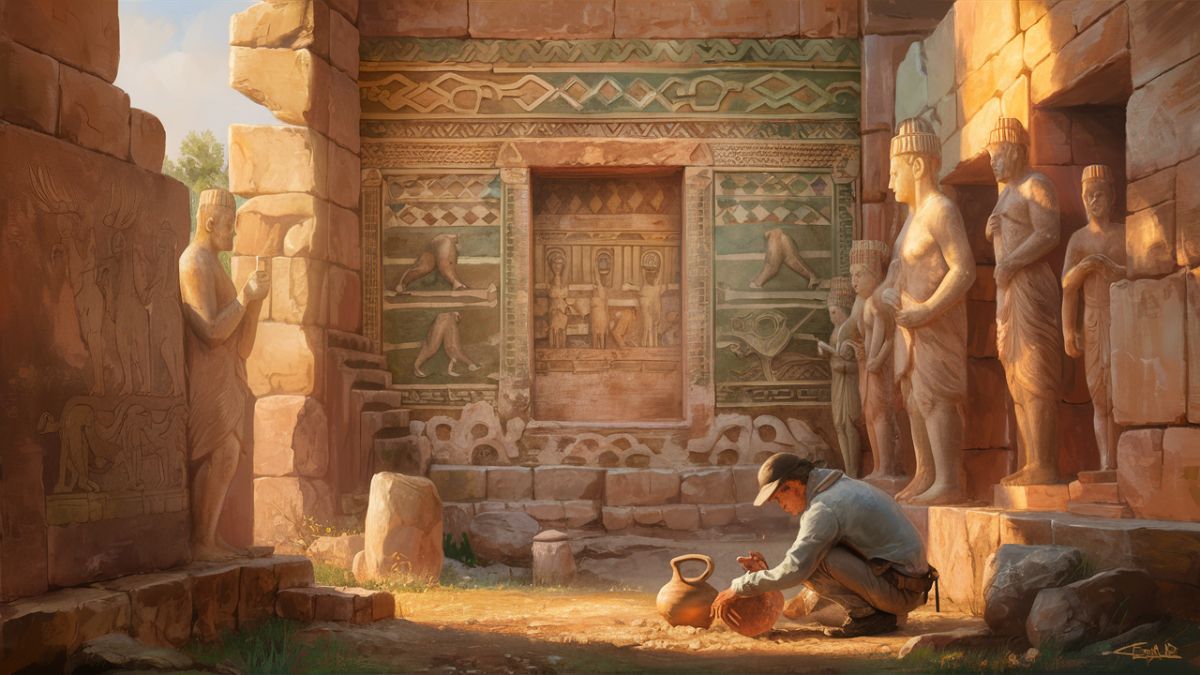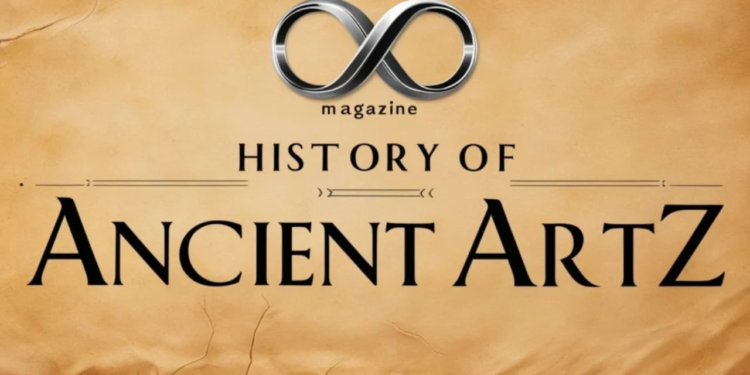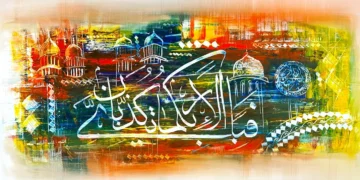Ancient Artz refers to the creative expressions and artworks created by early civilizations, ranging from cave paintings and pottery to sculptures and carvings. These works of art give us a glimpse into the past, helping us understand the lives, beliefs, and stories of people who lived thousands of years ago. Ancient Artz continues to fascinate us because it connects us with the roots of human creativity and culture.
Why is Ancient Artz Important?
Ancient Artz holds great significance because it serves as a historical record of early human societies. These artistic creations offer valuable insights into the thoughts, beliefs, and lifestyles of ancient people. By studying Ancient Artz, we can learn about how early civilizations communicated, worshipped, and interacted with their environment.
Ancient Artz also highlights the development of human skills and technology over time. The intricate designs, patterns, and techniques reveal a high level of craftsmanship, proving that creativity has always been a vital part of human culture. Furthermore, these artworks reflect the shared human experience across different cultures, showing that art has always been a universal language.
Where Did Ancient Artz Begin?
Ancient Artz began in the prehistoric era, with the earliest examples dating back to around 40,000 years ago. It emerged in different parts of the world simultaneously, with early humans creating art in caves, on rocks, and even on tools. Some of the oldest known examples include the cave paintings in Lascaux, France, and the rock art in Australia’s Arnhem Land.
These artworks were often linked to religious or spiritual beliefs, as ancient people used art to depict gods, animals, and natural forces they revered. As civilizations developed in places like Mesopotamia, Egypt, China, and the Americas, their art became more complex and refined.
What Materials Did Ancient Artists Use?
Ancient artists used a wide variety of materials available to them. The choice of material often depended on the environment and resources. Some commonly used materials in Ancient Artz include stone, clay, and pigments from natural sources. Let’s explore these materials in more detail.

Stone Artz Creations
Stone was a popular material because it was durable and readily available. Ancient artists carved stone into statues, monuments, and temples. One famous example is the Great Sphinx of Giza in Egypt, which was carved from limestone. Stone art often depicted gods, animals, and significant historical figures.
Clay and Pottery Artz
Clay was another commonly used material, especially for creating pottery. Ancient people molded clay into bowls, vases, and figurines. These pieces were often decorated with intricate designs and patterns, sometimes telling stories or symbolizing religious beliefs. The pottery of Ancient Greece, for example, is well-known for its detailed paintings and scenes of daily life.
Painting on Walls
Wall paintings, or murals, were a common form of Ancient Artz. Using natural pigments, artists painted on walls in caves, temples, and tombs. In Ancient Egypt, wall paintings often depicted the journey of the deceased to the afterlife. In Mesoamerica, the murals told stories of gods, warriors, and important historical events.
Famous Ancient Artz Around the World
Many famous examples of Ancient Artz have survived, offering us a look into the past. The pyramids of Egypt, with their hieroglyphic inscriptions and detailed carvings, are some of the most well-known ancient artworks. In Greece, the Parthenon and its sculptures showcase the artistic excellence of the ancient Greeks. The terracotta army of China, with thousands of life-sized clay soldiers, reveals the incredible craftsmanship of ancient Chinese artists.
Each civilization had its unique style and methods, but all these artworks share a common purpose: to tell a story and preserve history.
Ancient Artz Symbols and Meanings
Symbols played a crucial role in Ancient Artz, often representing concepts like power, spirituality, and nature. In ancient Egypt, the ankh symbolized life, while the Eye of Horus represented protection. In Native American art, animals like eagles and bears often symbolized strength and courage. Understanding these symbols helps us grasp the deeper meanings behind Ancient Artz and how these people viewed the world around them.
Animals in Ancient Artz
Animals were a frequent subject in Ancient Artz, appearing in paintings, sculptures, and carvings. Early humans often depicted animals they hunted, admired, or feared. By studying these depictions, we can understand the significance of animals in ancient cultures.

Patterns and Designs
Many Ancient Artz pieces feature intricate patterns and designs. These were not only decorative but also had symbolic meanings. For example, the repeating spiral designs found in Celtic art are thought to represent the cycles of life and nature. In the Americas, patterns on pottery and textiles often symbolized important natural elements like rain, sun, and earth.
Faces and People in Ancient Artz
Human figures were also common subjects in Ancient Artz. Artists would depict rulers, warriors, and deities, often with exaggerated features to emphasize certain traits. These representations helped convey social status, power, and cultural identity. For instance, the elongated faces in African tribal masks represented the spirits of ancestors, connecting the people to their heritage.
How Ancient Artz Inspires Us Today
Ancient Artz continues to inspire modern artists and designers. Many contemporary artworks, jewelry, and fashion pieces draw on ancient symbols and patterns, bringing a touch of history into the present. The styles and techniques used in Ancient Artz remind us of the creativity that has always been a part of human culture. Museums around the world showcase ancient artifacts, keeping the legacy of these early artists alive.
Amazing Facts About Ancient Artz
- Oldest Known Art: The oldest known art pieces are cave paintings in Indonesia, estimated to be around 44,000 years old.
- Enigmatic Symbols: The Nazca Lines in Peru, as well as the massive drawings on the desert floor, remain a mystery to this day.
- Hidden Colors: Ancient Greek statues were once painted in vibrant colors, but most of the paint has worn away over time, leaving them white as we see them today.
- Astronomical Alignments: Some ancient monuments, like Stonehenge in England, are aligned with celestial events, such as the summer solstice, suggesting ancient people had advanced knowledge of astronomy.
The Bottom Line
Ancient Artz is more than just a window into the past; it’s a bridge connecting us to our ancestors. By studying and appreciating these early works of art, we can learn about the origins of human creativity and the values of ancient civilizations. Ancient Artz reminds us that while times have changed, the human spirit and the desire to create and express remain constant. Whether it’s through stone carvings, pottery, or paintings, ancient artists left a legacy that continues to inspire and captivate us today.








